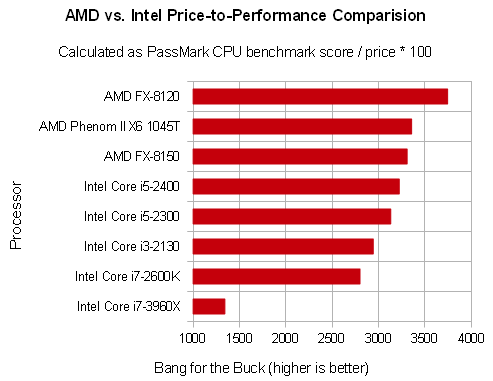I recently visited a business that I’ve helped with computer problems for nearly 10 years. They claimed to need faster computers because their accountants were trying to send QuickBooks data files to themselves through remote desktop tools and the speed was pretty terrible. When I got there and talked to them for a bit, I realized they were probably on a 10-year-old DSL internet package, so I ran a speed test.
1.5 Mbps down, 0.5 Mbps (512 Kbps) up. That’s nowhere near fast enough to upload QuickBooks data files fast enough! I told them to call CenturyLink and see about upgrading their package, possibly saving them thousands of dollars in computer upgrades and replacements.
Also at the start of this video is a fake Monster energy drink “sponsorship” skit. Don’t worry about the loud crash; the Monster can survived intact. 😉
